Every year, dozens of parishes around the Archdiocese of Los Angeles host celebrations marking Simbang Gabi, a Filipino tradition that celebrates the nine days leading up to Christmas with the celebration of the Mass, novenas, and food.
This year’s theme is “Jesus, the Greatest Gift of All, Truly Present in the Eucharist!” The celebration kicks off Friday, Dec. 15, at the Cathedral of Our Lady of the Angels with a 6:30 p.m. Mass celebrated by Archbishop José H. Gomez. The Mass will be preceded by traditional music and the Parade of Parols. The parols, a Philippine Christmas symbol, will be blessed at the end of Mass.
A full schedule of parishes participating in the 2023 Simbang Gabi novena is below.
Friday, Dec. 15
Holy Family Church, South Pasadena, 7 p.m.
Our Lady of Perpetual Help Church, Downey, 7 p.m.
Saturday, Dec. 16
St. Elizabeth Ann Seton Church, Rowland Heights, 5:30 a.m.
Annunciation Church, Arcadia, 7 a.m.
St. Margaret Mary Alacoque Church, Lomita, 8:15 a.m.
St. Dorothy Church, Glendora, 1 p.m.
Beatitudes of Our Lord Church, La Mirada, 4 p.m.
Our Lady of Refuge Church, Long Beach, 4 p.m.
St. Junipero Serra Church, Quartz Hill, 4 p.m.
Holy Trinity Church, San Pedro, 4:30 p.m.
St. Pancratius Church, Lakewood, 4:30 p.m.
Assumption of the Blessed Virgin Mary Church, Pasadena, 5 p.m.
Holy Angels Church, Arcadia, 5 p.m.
Holy Name of Mary Church, San Dimas, 5 p.m.
Nativity Church, El Monte, 5 p.m.
Our Lady of the Miraculous Medal Church, Montebello, 5 p.m.
St. Catherine of Siena Church, Reseda, 5 p.m.
St. Finbar Church, Burbank, 5 p.m.
St. Gregory the Great Church, Whittier, 5 p.m.
St. John Fisher Church, Palos Verdes, 5 p.m.
St. Lorenzo Ruiz Church, Walnut, 5 p.m.
St. Louis de Monfort Church, Orcutt, 5 p.m.
St. Mary Magdalen Church, Los Angeles, 5 p.m.
St. Robert Bellarmine Church, Burbank, 5 p.m.
St, John Vianney Church, Hacienda Heights, 5:15 p.m.
All Souls Church, Alhmabra, 5:30 p.m.
Maria Regina Church, Gardena, 5:30 p.m.
Sacred Heart Church, Lancaster, 5:30 p.m.
St. Bede Church, La Canada Flintridge, 5:30 p.m.
St. Denis Church, Diamond Bar, 5:30 p.m.
St. Luke the Evangelist Church, Temple City, 5:30 p.m.
St. Mariana de Paredes Church, Pico Rivera, 5:30 p.m.
St Mary Church, Palmdale, 5:30 p.m.
St. Monica Church, Santa Monica, 5:30 p.m.
Our Lady of Loretto Church, Los Angeles, 6 p.m.
Immaculate Conception Church, Monrovia, 6:30 p.m.
St. Ann Church, Los Angeles (Elysian Valley), 7 p.m.
Sunday, Dec. 17
St. Ignatius of Loyola Church, Los Angeles (Highland Park), 9 a.m.
Padre Serra Parish, Camarillo, 11 a.m.
St. Brendan Church, Los Angeles, 11:30 a.m.
St. Didacus Church, Sylmar, 4 p.m.
St. Timothy Church, Los Angeles, 4:30 p.m.
St. Bridget of Sweden Church, Lake Balboa, 5 p.m.
St. Cyprian Church, Long Beach, 5 p.m.
St. Jerome Church, Los Angeles, 5 p.m.
St. Rose of Lima Church, Simi Valley, 5 p.m.
St. Benedict Church, Montebello, 6 p.m.
St. Louis de Montfort Church, Orcutt, 6 p.m.
St. Lorenzo Ruiz Church, Walnut, 6:30 p.m.
Sacred Heart Church, Altadena, 7 p.m.
St. John Baptist de la Salle Church, Granada Hills, 7 p.m.
Monday, Dec. 18
Our Lady of the Assumption Church, Ventura, 5:30 p.m.
St. Dominic Church, Los Angeles (Eagle Rock), 6 p.m.
St. Madeleine Church, Pomona, 6 p.m.
St. Christopher Church, West Covina, 6:30 p.m.
Our Lady of Peace Church, North Hills, 6:45 p.m.
Our Lady of Grace Church, Encino, 7 p.m.
St. Dominic Savio Church, Bellflower, 7 p.m.
St. Ferdinand Church, San Fernando, 7 p.m.
St. Kateri Church, Santa Clarita, 7 p.m.
St. Louis de Montfort Church, Orcutt, 7 p.m.
Tuesday, Dec. 19
St. Bruno Church, Whittier, 6 p.m.
Our Mother of Good Counsel Church, Los Angeles, 6:30 p.m.
St. Bartholomew Church, Long Beach, 6:30 p.m.
Cathedral Chapel, Los Angeles, 7 p.m.
Good Shepherd Church, Beverly Hills, 7 p.m.
St. Euphrasia Church, Granada Hills, 7 p.m.
St. Francis de Sales Church, Sherman Oaks, 7 p.m.
St. Pius X Church, Santa Fe Springs, 7 p.m.
St. Louis de Montfort Church, Orcutt, 7 p.m.
Wednesday, Dec. 20
Our Lady of Guadalupe Church, Guadalupe, 6 p.m.
St. Linus Church, Norwalk, 6:30 p.m.
St. Basil Church, Los Angeles, 7 p.m.
St. Bernard Church, Los Angeles (Glassell Park), 7 p.m.
St. Clare Church, Santa Clarita, 7 p.m.
St. Francis of Assisi Church, Los Angeles, 7 p.m.
St. Joseph the Worker Church, Canoga Park, 7 p.m.
Thursday, Dec. 21
Our Lady of Guadalupe Church, Guadalupe, 6 p.m.
St. Bernard Church, Bellflower, 6:30 p.m.
Our Lady of Lourdes Church, Northridge, 7 p.m.
St. Basil Church, Los Angeles, 7 p.m.
St. Cyril of Jerusalem Church, Encino, 7 p.m.
St. Joseph Church, La Puente, 7 p.m.
Friday, Dec. 22
St. Anthony Church, San Gabriel, 6 p.m.
St. Hilary Church, Pico Rivera, 6 p.m.
St. Raphael Church, Santa Barbara, 6 p.m.
St. Charles Borromeo Church, North Hollywood, 5:30 p.m.
Our Lady of Perpetual Help Church, Santa Clarita, 7 p.m.
St. Bernardine of Siena Church, Woodland Hills, 7 p.m.
St. Francis Xavier Church, Burbank, 7 p.m.
St. John Neumann Church, Santa Maria, 7 p.m.
St. Joseph Church, Hawthorne, 7 p.m.
St. Paschal Baylon Church, Thousand Oaks, 7 p.m.
Saturday, Dec. 23
St. Lorenzo Ruiz Church, Walnut, 5 a.m.
St. Mary Magdalen Church, Camarillo, 4 p.m.
St. Louise de Marillac Church, Covina, 4:30 p.m.
Blessed Sacrament Church, Los Angeles, 5 p.m.
La Purisima Concepción Church, Lompoc, 5 p.m.
St. Hilary Church, Pico Rivera, 5 p.m.
St. Paul of the Cross Church, La Mirada, 5 p.m.
St. Anthony Church, Oxnard, 5:15 p.m.
Sunday, Dec. 24
St. Hilary Church, Pico Rivera, 8 a.m.
Queen of Angels Church, Lompoc, 6 p.m.
Parishes with full novena
Christ the King Church, Los Angeles, Dec. 16-17, 5:30 p.m., Dec. 18-24, 7 p.m.
Holy Family Church, Artesia, Dec. 16-24, 5 a.m.
Holy Family Church, Glendale, Dec. 16-24, 5:30 a.m.
Holy Trinity Church, Los Angeles (Atwater), Dec. 15, 7 p.m., Dec. 16-24, 5:30 a.m., Dec. 16-17, 23, 5 p.m., Dec. 18-22, 7 p.m.
Immaculate Heart of Mary Church, Los Angeles, Dec. 16-24, 5 a.m.
Incarnation Church, Glendale, Dec. 16-24, 7 p.m.
Mary Star of the Sea Church, Oxnard, Dec. 16-17, 23, 5 p.m., Dec. 18-22, 7 p.m.
Nativity Church, Torrance, Dec. 15, 18-22, 5:30 p.m., Dec. 16-17, 23, 5 p.m.
Our Lady of Lourdes Church, Tujunga, Dec. 16, 23, 5 p.m., Dec. 17-22, 7 p.m.
Our Lady of the Assumption Church, Claremont, Dec. 16, 18-23, 5 a.m., Dec. 17, 7 a.m.
Our Lady of the Valley Church, Canoga Park, Dec. 16-24, 5 a.m.
Precious Blood Church, Los Angeles, Dec. 16-24, 5 a.m.
St. Anthony of Padua Church, Gardena, Dec. 16, 23, 8 a.m., Dec. 18-22, 6:30 a.m., Dec. 17, 24, 7:30 a.m.
St. Barnabas Church, Long Beach, Dec. 15, 17-22, 6:30 p.m., Dec. 16, 23, 5 p.m.
St. Catherine of Siena Church, Reseda, Dec. 16-24, 6 a.m.
St. Columban Church, Los Angeles, Dec. 16-17, 5 p.m., Dec. 18-23, 7 p.m., Dec. 24, 6 a.m.
St. Elisabeth of Hungary Church, Van Nuys, Dec. 16, 23, 7:45 p.m., Dec. 17-22, 7 p.m.
St. Genevieve Church, Panorama City, Dec. 16, 18-23, 5:30 a.m., Dec. 17, 24, 5 a.m.
St. Jane Frances de Chantal Church, N. Hollywood, Dec. 16, 18-23, 5:30 a.m., Dec. 17, 24, 5 a.m.
St. John Eudes Church, Chatsworth, Dec. 16-17, 5 p.m., Dec. 18-22, 6:30 p.m., Dec. 23, 7 p.m.
St. John of God Church, Norwalk, Dec. 15-23, 6:30 p.m.
St. John the Baptist Church, Baldwin Park, Dec. 16-23, 6:30 p.m.
St. Kevin Church, Los Angeles, Dec. 16-24, 5:30 a.m.
St. Louis of France Church, La Puente, Dec. 16-22, 6 p.m., Dec. 23, 8 a.m.
St. Martha Church, Valinda, Dec. 16-24, 5 a.m.
St. Mary of the Assumption Church, Santa Maria, Dec. 16-24, 5 a.m.
St. Mel Church, Woodland Hills, Dec. 16-24, 6:30 a.m.
St. Peter Chanel, Hawaiian Gardens, Dec. 15-16, 18-23, 6 p.m., Dec. 17, 5 p.m.
St. Peter Claver, Simi Valley, Dec. 16, 18-22, 7 p.m., Dec. 17, 23, 5 p.m.
St. Philomena Church, Carson, Dec. 16-17, 23, 6 p.m., Dec. 18-22, 7 p.m.
St. Stephen Martyr Church, Monterey Park, Dec. 16, 23, 5 p.m., Dec. 17, 1 p.m., Dec. 18-22, 6:30 p.m.
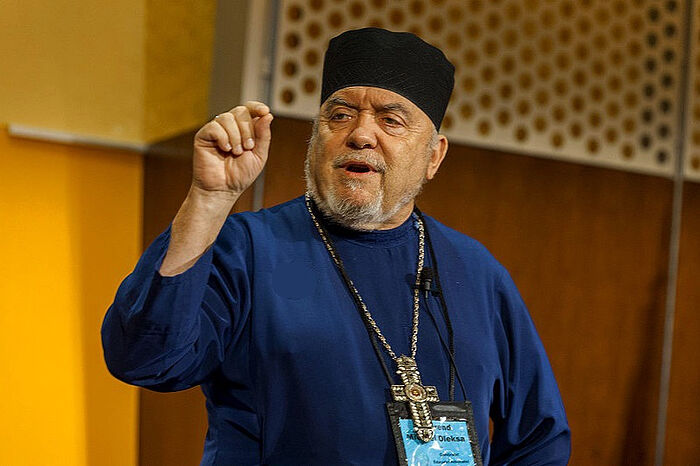
 Call for Prayer: Fr. Michael Oleska of Alaska suffers strokeThe Diocese of Sitka and Alaska of the Orthodox Church in America issued a call to prayer this morning after one of its most beloved priests, Archpriest Michael Oleska, suffered a stroke.
Call for Prayer: Fr. Michael Oleska of Alaska suffers strokeThe Diocese of Sitka and Alaska of the Orthodox Church in America issued a call to prayer this morning after one of its most beloved priests, Archpriest Michael Oleska, suffered a stroke.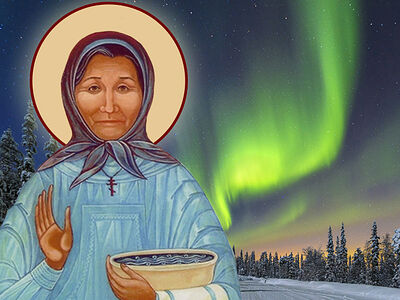 Priests of Alaska discuss canonization of Matushka Olga (+VIDEO)St. Olga is remembered as a humble mother, midwife, and priest’s wife who was filled with love for everybody, and especially abused women.
Priests of Alaska discuss canonization of Matushka Olga (+VIDEO)St. Olga is remembered as a humble mother, midwife, and priest’s wife who was filled with love for everybody, and especially abused women.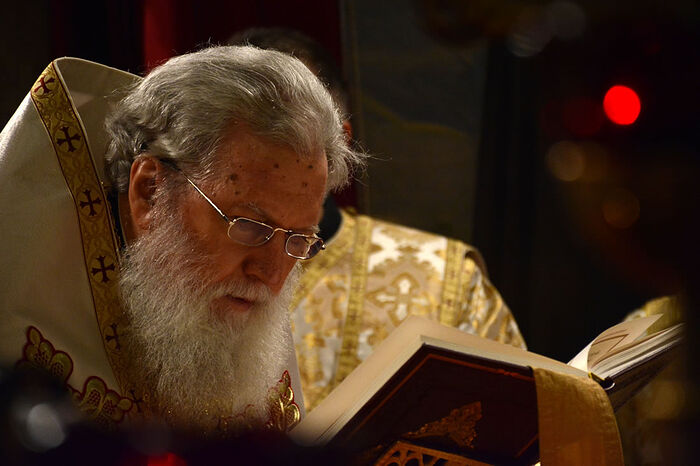
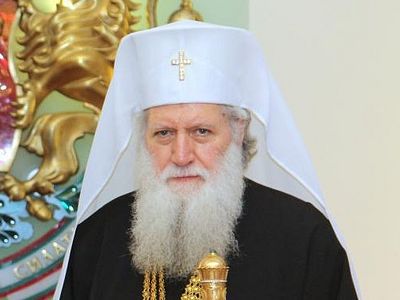 Patriarch Neofit of Bulgaria discharged from hospital after month-long stayAlthough he continues to suffer from heart problems, the primate’s treatment was successful.
Patriarch Neofit of Bulgaria discharged from hospital after month-long stayAlthough he continues to suffer from heart problems, the primate’s treatment was successful.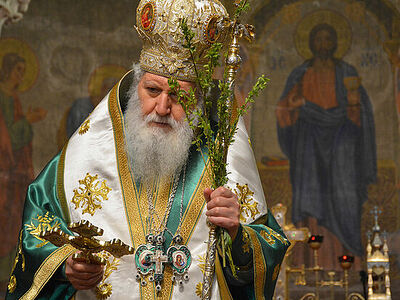 Patriarch of Bulgaria released from hospitalThe Patriarch returned to the Patriarchal House of the Holy Metropolis of Sofia, and is in good health.”>in June 2021. He was also hospitalized
Patriarch of Bulgaria released from hospitalThe Patriarch returned to the Patriarchal House of the Holy Metropolis of Sofia, and is in good health.”>in June 2021. He was also hospitalized 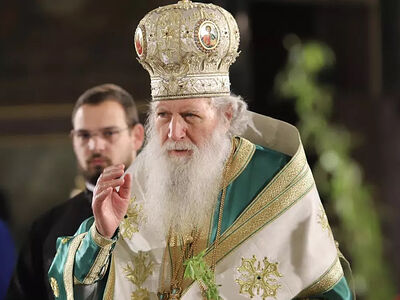 Bulgarian Patriarch hospitalized after accident at home, in stable conditionAccording to the Office of the Holy Synod, the Patriarch was admitted to Sofiamed University Hospital, where “examinations revealed a fracture of the upper part of the left femur.””>in May 2022 with a fractured left femur, and again in September 2022 “due to an exacerbation of his chronic diseases.”
Bulgarian Patriarch hospitalized after accident at home, in stable conditionAccording to the Office of the Holy Synod, the Patriarch was admitted to Sofiamed University Hospital, where “examinations revealed a fracture of the upper part of the left femur.””>in May 2022 with a fractured left femur, and again in September 2022 “due to an exacerbation of his chronic diseases.” 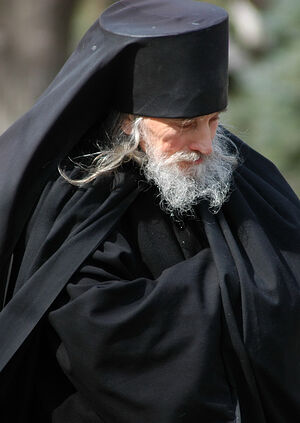
 Elder Porphyrios ( Bairaktaris), a Short BiographyOn November 23, 2013, the Holy Synod of the Patriarchate of Constantinople accepted the resolution to canonize Elder Porphyrios (Bairaktaris) of Kafsokalivia. His commemoration date is December 2, on which OrthoChristian.com will post more on the elder’s teachings.On November 23, 2013, the Holy Synod of the Patriarchate of Constantinople accepted the resolution to canonize Elder Porphyrios (Bairaktaris) of Kafsokalivia.
Elder Porphyrios ( Bairaktaris), a Short BiographyOn November 23, 2013, the Holy Synod of the Patriarchate of Constantinople accepted the resolution to canonize Elder Porphyrios (Bairaktaris) of Kafsokalivia. His commemoration date is December 2, on which OrthoChristian.com will post more on the elder’s teachings.On November 23, 2013, the Holy Synod of the Patriarchate of Constantinople accepted the resolution to canonize Elder Porphyrios (Bairaktaris) of Kafsokalivia.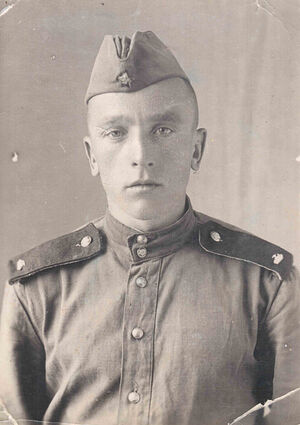
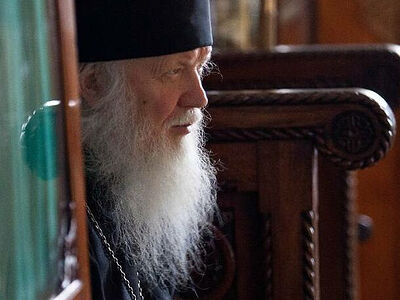 The Holy Trinity-St. Sergius Lavra, Where Fates are DecidedNow many churches and monasteries have been restored and opened, but the Lavra was, is and will be the heart of Orthodoxy in Russia. It has a special mission.
The Holy Trinity-St. Sergius Lavra, Where Fates are DecidedNow many churches and monasteries have been restored and opened, but the Lavra was, is and will be the heart of Orthodoxy in Russia. It has a special mission.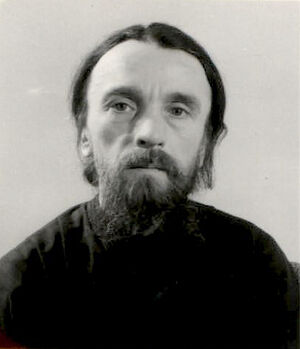
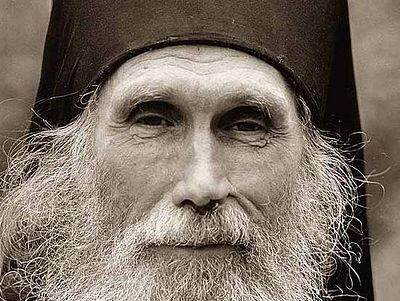 The Gentle Light of Authenticity: Archimandrite Kirill (Pavlov)I remember batiushka’s own words of two years ago, when he still had the strength and desire to say at least something: “After all, a person needs nothing besides God’s mercy!”
The Gentle Light of Authenticity: Archimandrite Kirill (Pavlov)I remember batiushka’s own words of two years ago, when he still had the strength and desire to say at least something: “After all, a person needs nothing besides God’s mercy!”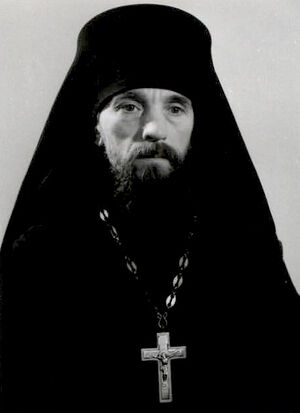
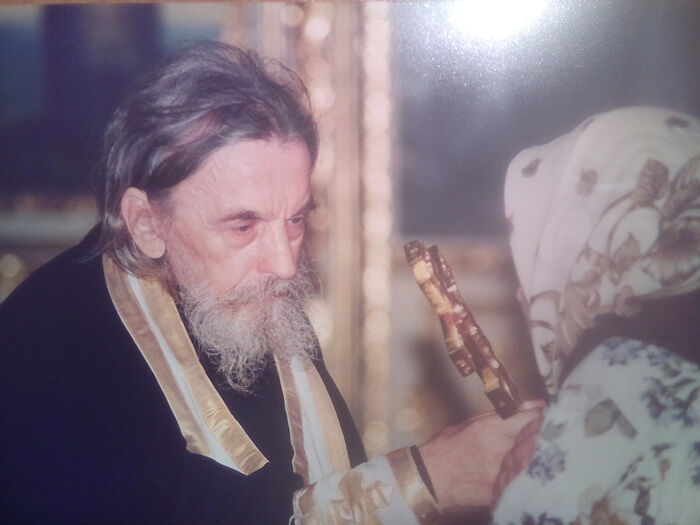
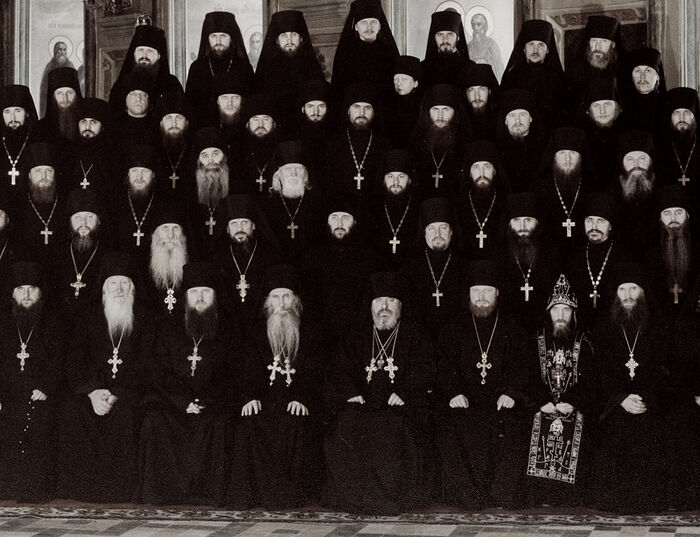
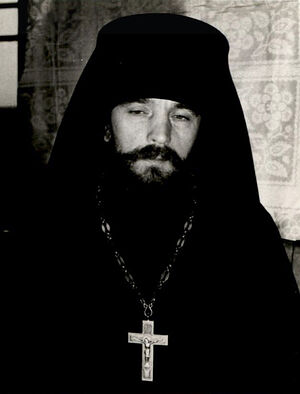
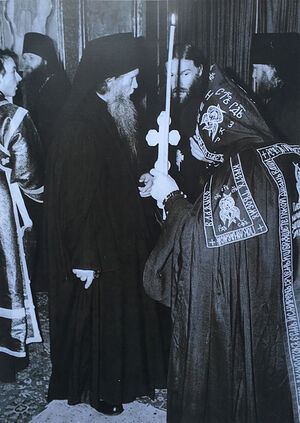
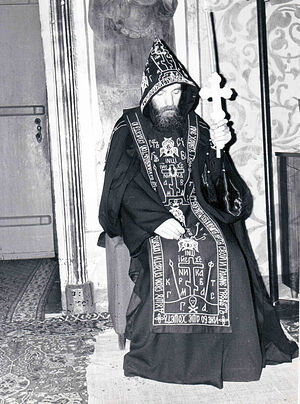
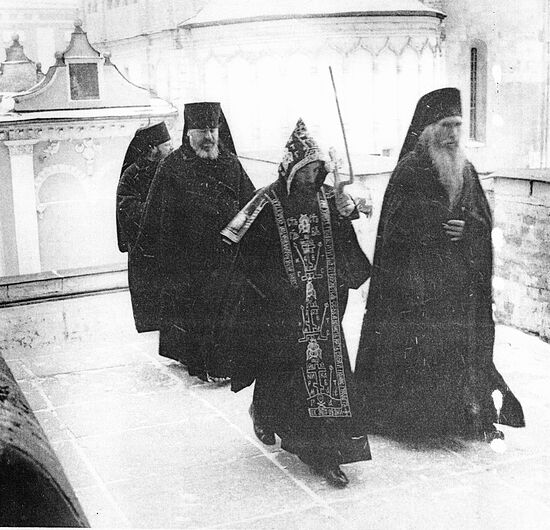
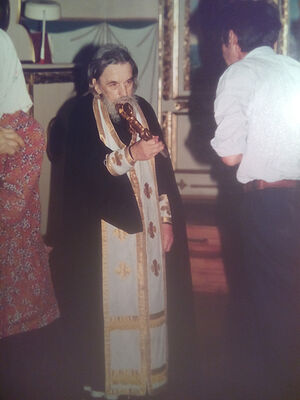
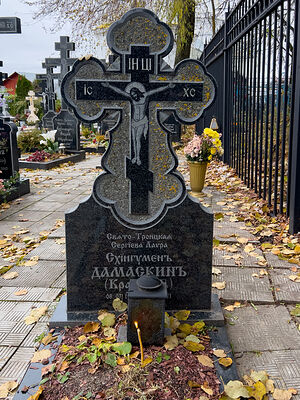


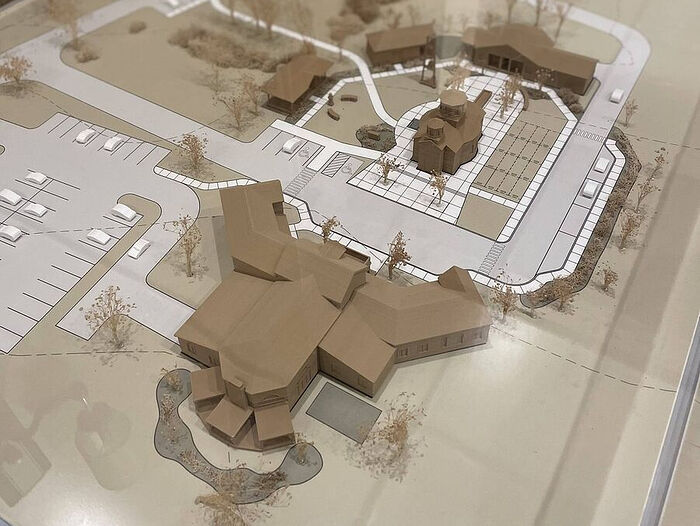
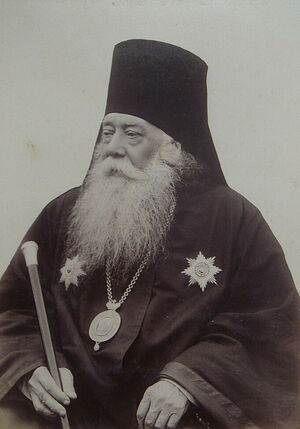
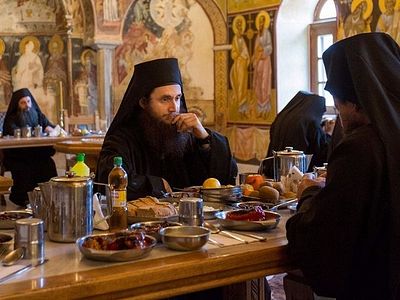 St. Seraphim on Fasting and Guarding the MindHoly people did not begin a strict fast suddenly; they gradually, little-by-little made themselves capable of being satisfied with the poorest foods.
St. Seraphim on Fasting and Guarding the MindHoly people did not begin a strict fast suddenly; they gradually, little-by-little made themselves capable of being satisfied with the poorest foods.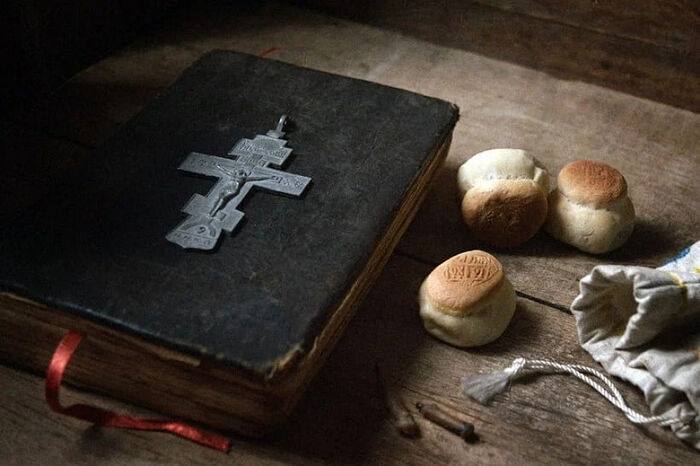
 Exaltation of the Cross
Exaltation of the Cross The Beheading of St. John the Baptist“>Beheading of St. John the Forerunner; on Wednesday in remembrance of our Lord Jesus Christ’s betrayal to suffering, and on Friday in remembrance of His very suffering and death. All of the fasts are obligatory for every Christian, as children of the Church, excepting the sick and infirm.
The Beheading of St. John the Baptist“>Beheading of St. John the Forerunner; on Wednesday in remembrance of our Lord Jesus Christ’s betrayal to suffering, and on Friday in remembrance of His very suffering and death. All of the fasts are obligatory for every Christian, as children of the Church, excepting the sick and infirm.